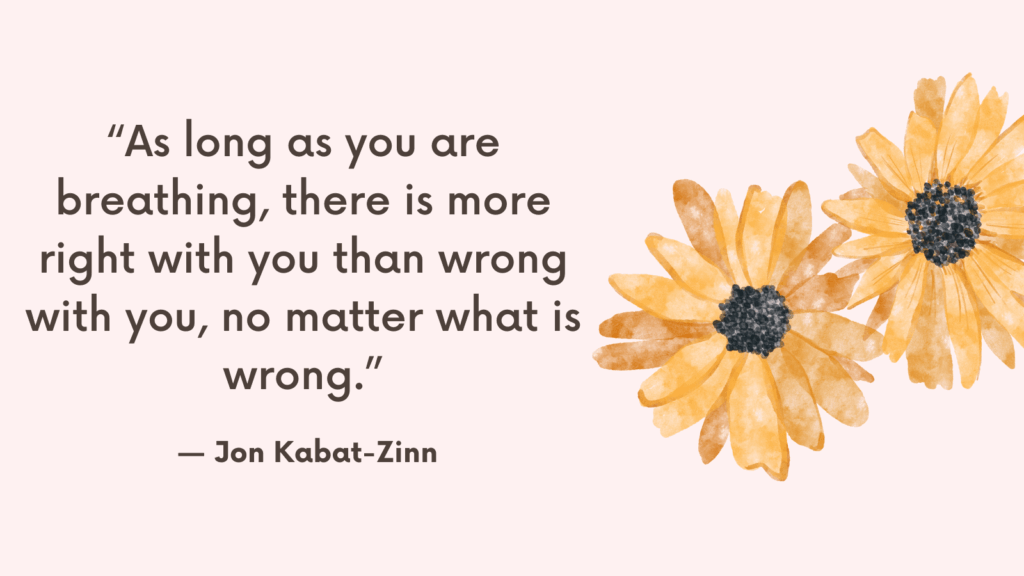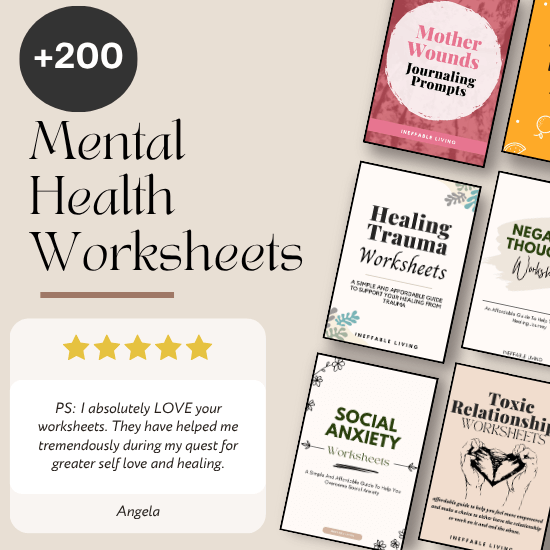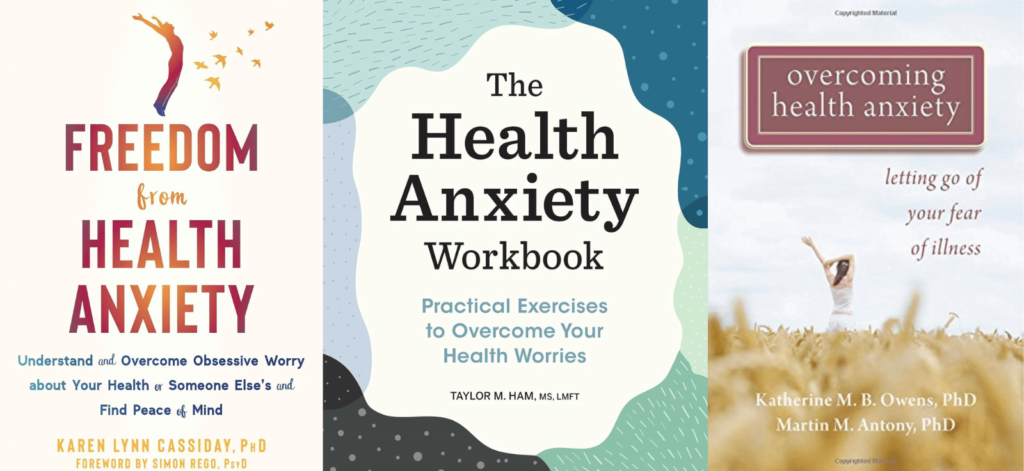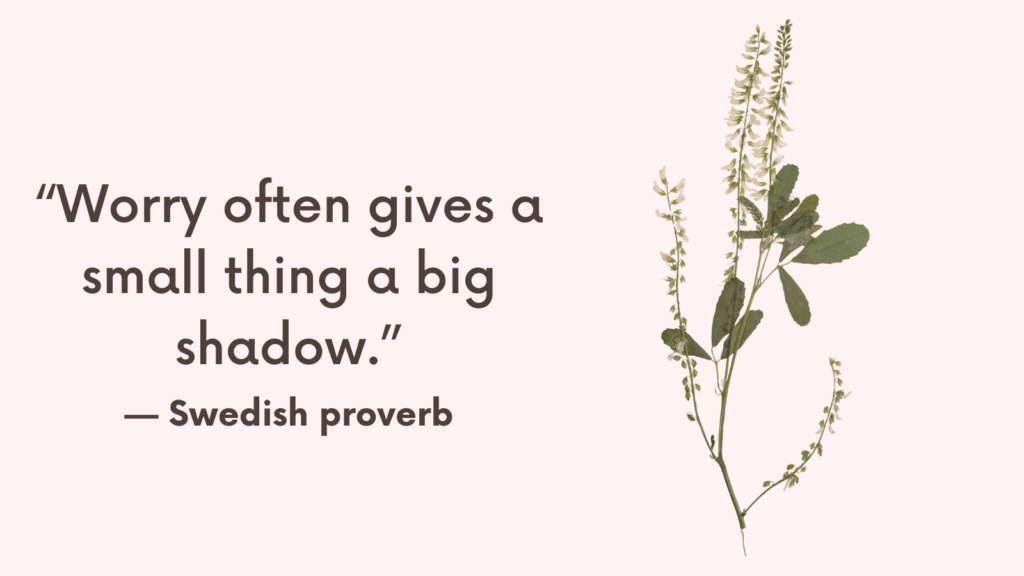A safety plan for health anxiety is a written, step-by-step guide that helps you stay grounded during moments of panic or obsessive health fear. It helps interrupt the spiral of symptom-checking, Googling, and catastrophic thinking by giving you a calm, rational roadmap to follow when anxiety strikes.
What Is Health Anxiety?
Health anxiety — also known as illness anxiety disorder — is a persistent fear that you are sick, will become sick, or are missing a serious diagnosis, even when no medical evidence supports it. This form of anxiety can dominate your thinking, disrupt your daily functioning, and keep you locked in a cycle of fear, checking, and reassurance-seeking.
What Health Anxiety Looks Like
- Constant body-checking for new sensations or changes
- Repeatedly Googling symptoms, often leading to panic
- Distrusting medical reassurance
- Avoiding doctors out of fear of bad news — or visiting frequently for confirmation
- Intrusive thoughts about dying, rare diseases, or missed conditions
- Trouble focusing on anything other than your health
Related: Best 7 Health Anxiety Books
The Anxiety Loop
An unfamiliar sensation → catastrophic thought → panic → symptom intensifies → reassurance-seeking (Google, doctor, others) → temporary relief → fear returns
This cycle reinforces itself and becomes harder to break over time.
How to Create a “Safety Plan” for Health Anxiety Flare-Ups?
1. Identify Your Early Warning Signs
Write down the first signs that tell you a flare-up is starting. These could include:
- The urge to Google symptoms
- Body scanning or checking your pulse
- Tight chest, racing heart, or shallow breathing
- Sudden intrusive thoughts about illness or death
Knowing your signs helps you act early before anxiety builds momentum.
2. Create a Grounding Response
Choose three things you can do immediately when you notice your warning signs. These might be:
- Deep breathing: inhale 4 seconds, hold 4, exhale 6
- Place one hand on your chest and one on your stomach
- Say out loud: “This is a fear. It doesn’t mean something is wrong.”
Write these down so you can refer to them instantly.
Related: How to Cope with Health Anxiety without Medication?
3. Replace Googling With a Safe Alternative
Decide ahead of time what you’ll do instead of Googling symptoms. Examples:
- Write the symptom in a notebook and review it after 48 hours
- Text a friend to say you’re having anxiety
- Read a saved “rational reminder” note: “I’ve been through this before. My fear always feels urgent, but it always passes.”
Pre-deciding your response reduces the power of the urge.
4. Prepare a Distraction List
Make a list of activities that are calming, sensory, or mentally engaging. Examples:
- Go for a walk or stretch for 10 minutes
- Watch a lighthearted show
- Bake, color, or organize something
- Listen to calming music or an audiobook
Use these to help shift your focus away from symptoms.
5. Write a Rational Reminder Note
Have a note you can read when anxiety flares that grounds you in facts. Example:
- “I’ve had these symptoms before and they passed.”
- “I’ve seen a doctor. There’s no current reason for panic.”
- “Anxiety creates real sensations, but that doesn’t mean danger.”
Reading your own words from a calmer moment helps bring perspective.
Related: Hypochondria: How to Deal with Health Anxiety?
6. Define a Reassurance Limit
If you tend to ask others for reassurance, set a limit like:
- “I will ask only one person, one time.”
- “If I still feel unsure, I’ll return to my grounding tools, not another question.”
This helps break the cycle of reassurance-seeking that only feeds anxiety.
7. Set Guidelines for Medical Attention
Create clear criteria for when seeking medical care is truly necessary. For example:
- “I will only see a doctor if symptoms last more than two weeks or worsen significantly.”
- “If I’ve already been checked for this, I will wait 72 hours before considering another visit.”
This prevents impulsive appointments and builds trust in your ability to wait and observe.
8. Keep Your Safety Plan Accessible
Write or type your plan and keep it somewhere visible — in your phone notes, on a printed sheet by your bed, or in a journal. In moments of panic, you won’t want to think — just follow the steps.
9. Review and Update Regularly
What works will change over time. Revisit your plan monthly to add strategies that help and remove those that don’t. Tailoring your plan keeps it relevant and effective.
Related: Best 45 Health Anxiety Affirmations
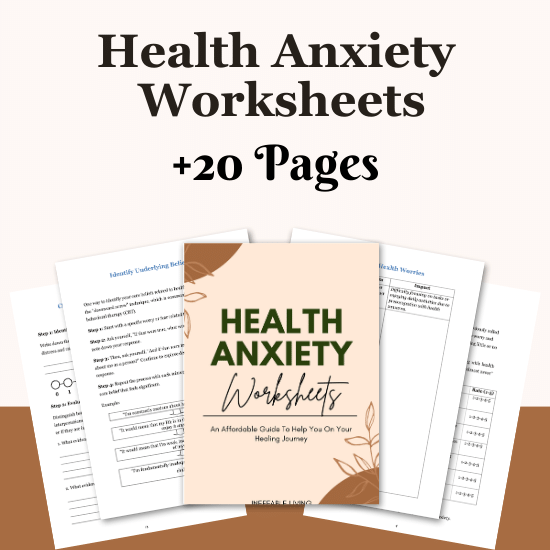
Conclusion
A safety plan won’t eliminate anxiety, but it puts you in control of how you respond to it. When you have a plan, fear doesn’t have to take the lead — your grounded, prepared self does.
